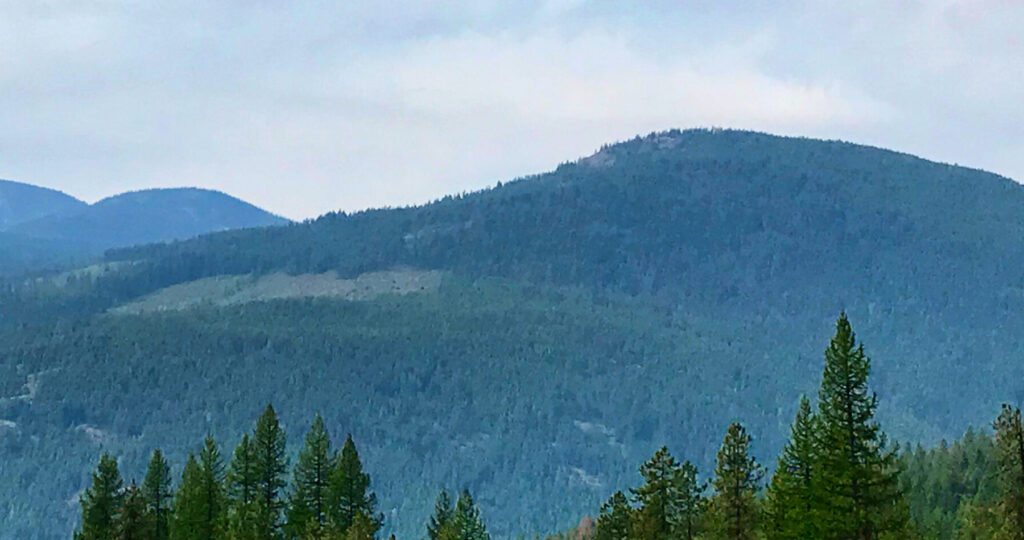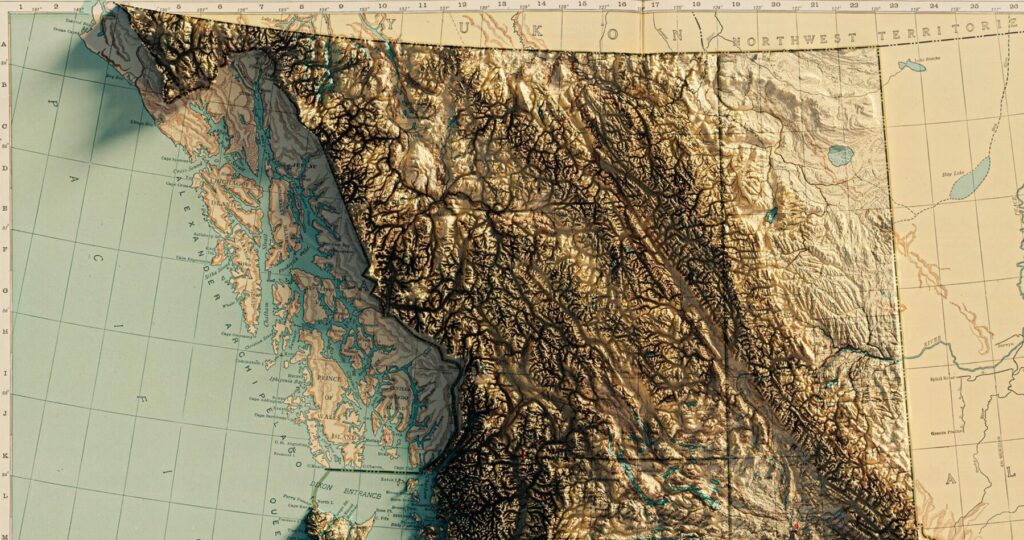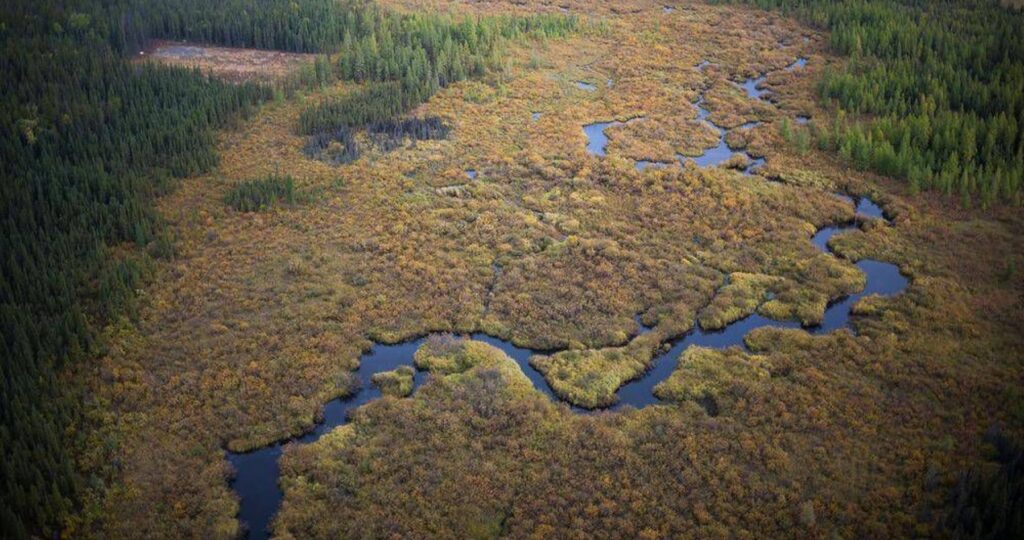Post Category : Archaeonerdism
Albertus Magnus – Patron Saint of Archaeology
The religious tradition of designating a patron saint to a profession or activity is a long standing one, and it is of no surprise that a heavenly protector, or advocate, has been claimed by archaeologists. When it comes to patron saints, archaeologists, like many other professions have claimed more than one patron. Some consider St. Helena of Constantinople (Emperor Constantine the Great’s mother) to be the patron saint of archaeology, since she was attributed to finding and excavating the True Cross. However, other archaeologists feel that they are more than mere excavators of history and are a part of the larger scientific community. Such archaeologist may chose to claim the patron of the natural sciences as their own. It just so happens that Kurt (our TTSI division manager) lives in a town that chose the same patron saint as its namesake, St. Albert. So who was St. Albert and why was he chosen from amongst hundreds of saints to be the heavenly guardian of those who chose to practice the natural sciences, and thus, archaeologists.
Albertus Magnus (c. 1200 – November 15, 1280), also known as Saint Albert the Great, Albert of Cologne or Albert of Lauingen, was a German Catholic Dominican friar and bishop, who spent his life teaching, writing and investigating the natural world. Early in his life, Albert attended university in Padua, Italy and joined the Order of St. Dominic. He gained his Doctorate while in Paris and taught theology at several universities. He was appointed to many positions within the Catholic Church, including the Master of the Sacred Place (the Pope’s theologian) and the Bishop of Ratisbon. However, Albert never remained in these positions for long as he did not wish to be away from teaching and his work. He is most well known as the mentor of St. Thomas Aquinas and for the wealth of knowledge that he provided for future generations, most of which is considered to be very accurate even by modern standards.
Although Albertus Magnus was known during his lifetime as a Doctor universalis, he was not beatified until 1622 and was not canonized as a saint until 1931. In 1931 he was also distinguished as one of 36 Doctors of the Catholic Church, which is one of the highest post-humus honors that may be bestowed upon a saint, and was declared to be the patron of the natural sciences in 1941. St. Albert’s feast day is on November the 15, which commemorates his death and the end of his inspiring career.
The reason why he is chosen as the patron saint of the natural sciences is simple: he dedicated his life to investigating the natural world. St. Albert was avid reader of philosophy and extensively studied the works of Aristotle. He is attributed with preserving much of Aristotles writings, and in an age mostly governed by mysticism, he utilized the teachings of the ancient philosophers to study the natural world and critically examine the assumptions of others. His prolific writings were collected in 1899 and placed into 38 volumes, which range in topics from zoology and chemistry to love and friendship. He stated that “the aim of natural philosophy (science) is not simply to accept the statements of others, but to investigate the causes that are at work in nature”
St. Albert was truly a great man, and considered by some to be one of the greatest minds in history. Since excavating the past is only a small part of the profession, and the modern archaeologist must have at least a working knowledge of many different disciplines within the natural sciences, I find Albertus Magnus to be a very fitting patron. Whether you are a religious person or not, I believe that his contributions to philosophy, science, and humanity deserve a toast from all us archaeologists on his next feast day!



